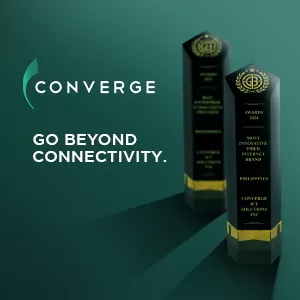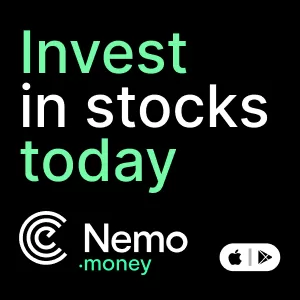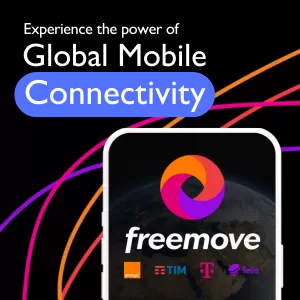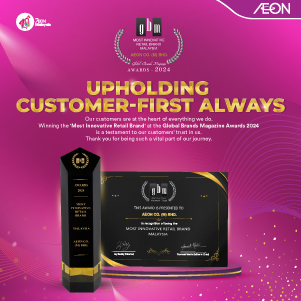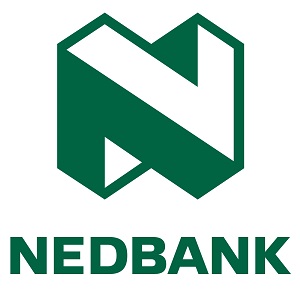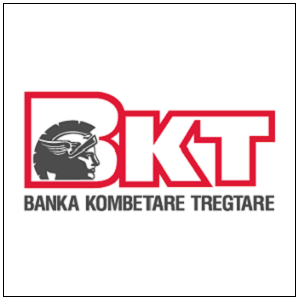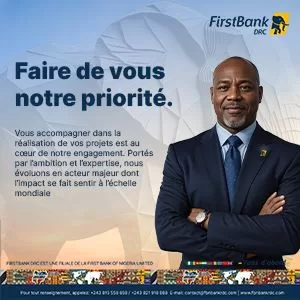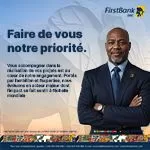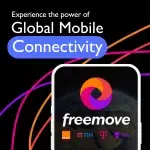Entertainment
Walt Disney Animatronic Returns for Disneyland’s 70th Anniversary Celebration
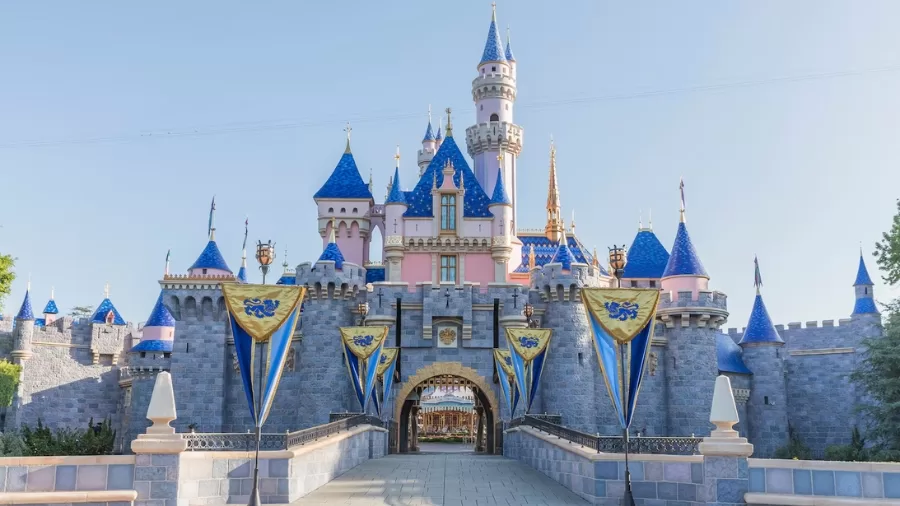
- Disneyland unveils a lifelike animatronic of Walt Disney to mark its 70th year, reflecting a deepening focus on heritage storytelling.
- This tribute repositions Disney as not just a brand of entertainment but a cultural cornerstone, tracing its journey through history, nostalgia, and innovation.
It’s 1955. A warm July day in Anaheim, California. Walt Disney, with his signature moustache and quiet resolve, cuts the ribbon to a dream he had sketched on a napkin just years before.
Now it’s 2025. And in the same park, seventy years later, Walt Disney stands again—this time as an animatronic figure, meticulously designed, speaking in his voice, welcoming visitors into the world he created.
This isn’t a stunt. It’s a moment. A moment soaked in memory, purpose, and message. One that reintroduces Walt not just as a founder but as a figure still shaping Disney’s legacy.
Disney as a Brand: Beyond the Castle
Disney is not just Mickey Mouse, or Disneyland, or a string of hit films. It’s one of the most recognisable consumer-facing brands in the world.
As of 2024, The Walt Disney Company ranks among the top 10 most valuable global brands. According to Interbrand, Disney’s brand value was estimated at over $53 billion, and it holds a reach that spans over 100 countries.
The Disney logo—arched text over a stylised castle—is known across generations. From merchandise in Tokyo to theme parks in Paris, Disney’s touch is global and personal.
But what makes Disney enduring is not only the content. It’s a feeling. People visit Disney parks not for thrill rides alone, but for familiarity, for nostalgia, and for stories that age with grace.
And that’s where this animatronic tribute to Walt himself becomes powerful.
A Walk Through History: Disney’s Key Milestones
To understand why the animatronic matters, it helps to walk back through Disney’s evolution.
- 1923: Walt and Roy Disney establish the Disney Brothers Studio in Hollywood.
- 1928: Mickey Mouse debuts in Steamboat Willie.
- 1937: Disney releases Snow White and the Seven Dwarfs, the first full-length animated feature.
- 1955: Disneyland opens in Anaheim, a first-of-its-kind theme park.
- 1971: Walt Disney World opens in Florida, five years after Walt’s passing.
- 1983–1992: International expansion begins with Tokyo Disneyland and Disneyland Paris.
- 1995: Toy Story marks Disney’s entry into 3D animation through Pixar.
- 2006–2012: Disney acquires Pixar, Marvel, and Lucasfilm.
- 2019: Disney completes its acquisition of 21st Century Fox.
Through each milestone, the brand has redefined storytelling. The parks—though only one arm of the business—represent the heart of Walt’s original vision: a space where stories live, breathe, and welcome families.
The Animatronic Walt: An Emotional Centrepiece
At Disneyland’s 70th celebration, visitors found themselves in the Main Street Opera House, a modest yet revered building that once hosted Great Moments with Mr Lincoln.
This year, it became home to a lifelike Walt Disney animatronic.
Designed by Disney’s Imagineering team and created in collaboration with the Walt Disney Archives and The Walt Disney Family Museum, the figure does more than move—it connects.
- It gestures gently while speaking.
- Its eyes blink and track movement.
- The voice is reconstructed from authentic archival recordings.
The experience begins with a 15-minute film titled One Man’s Dream, followed by a brief live segment with the animatronic.
Families, kids, and older fans stood watching. Some with phones out. Some are just listening.
What This Means for Disney’s Brand Identity
It’s easy to think of Disney as a corporate machine. But this installation reminds us that Disney still wants to be known as a creator of memories.
The return of Walt—digitally reconstructed and animated through cutting-edge robotics—is not just a nod to nostalgia. It’s a brand signal:
- Disney is owning its legacy in public.
- It’s giving visitors more than rides—it’s giving them emotional moments.
- It’s offering an experience that you cannot download or stream.
Disney has chosen to make its founder visible again. And while it walks a delicate line, it seems to be resonating.
The Mechanics: A Quiet Technological Feat
Behind the curtain is a mix of engineering, archive work, and restraint.
- The skin is made of a new material designed to mimic a lifelike texture.
- Subtle movements are prioritised over exaggeration.
- The voice comes entirely from original recordings—no AI was used in voice recreation.
Disney didn’t build a superhero here. It built a man. An older, wiser version of Walt—the one who was building Disneyland in the early 60s.
This is where restraint matters. Disney resisted the urge to over-animate or stylise. And the result is something closer to conversation than spectacle.
Public Response: Between Nostalgia and Discomfort
Feedback has ranged from deep appreciation to quiet unease.
Some guests compared it to seeing an old friend. Others wondered aloud, Is this respectful? Is this where brand tributes are headed?
Sources noted that reactions online ranged from awe to surreal discomfort. Memes and comments across social platforms show both admiration and comic takes on the animatronic’s realism.
People came not only to ride Space Mountain. They came to remember.
And Disney gave them something to remember with.
Where It’s All Headed
Disney is still evolving. Streaming remains central. International parks continue to expand. New franchises emerge. But with this 70th celebration, the brand signalled something quieter:
Maybe the most powerful way forward is to look back.
And to remember that before everything else—before Marvel, before Star Wars, before Pixar—there was a man with a pencil and a park that didn’t exist.
You can now see him again. And maybe, for a moment, believe the dream isn’t over.





